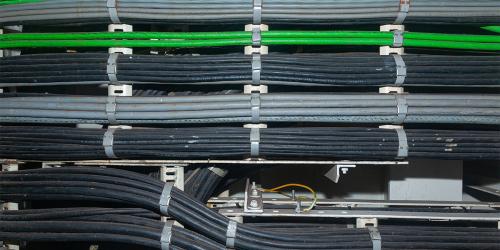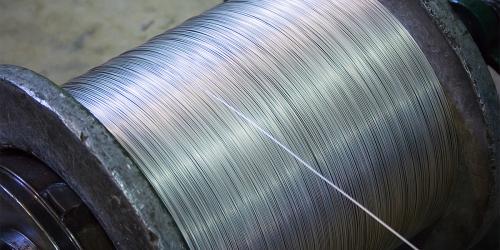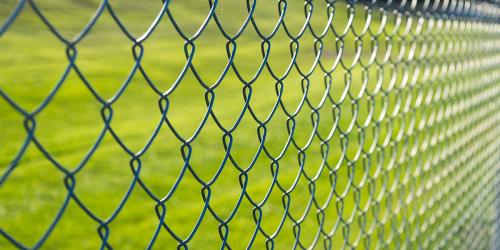As detailed in this week's BS Fixings news article, our brand new range of timber hangers is already a popular attraction for our customers. In this edition of our blog, we'll give you a brief guide on how to install these crucial components correctly, keeping your floors and decks strong and stable as the timber naturally ages, twists, shrinks and dries.
- As with every construction project, good preparation is essential to ensure a professional result: if you fail to prepare then you should prepare to fail! Make sure the area you're working on is clean, sound and tidy and that you're wearing the appropriate safety clothing (a comprehensive collection of PPE can be found on the BS Fixings website).
- Measure carefully and mark where your joist hangers are going to be positioned.
- Using sherardised square twisted nails (also available from BS Fixings), toenail the joists into position along the wall ledger. Be sure that the top of the joist is even with the top of flashing on the wall ledger to ensure an even result. Start the nail before you set the joist in position: hammer in the nail.
- Squeeze the timber hanger tightly around the joist, driving the prongs into the ledger board and temporarily holding the joist firmly in place. The joist should be sat squarely in the hanger: make sure there are no gaps underneath or alongside.
- Secure the timber hangers to the wall ledger using square twist nails. All available holes in joist flanges should be filled with nails to ensure that the hanger will perform to its stated load capacity. Never attempt to modify joist hangers by cutting them to a different size: make sure you buy the right hanger in the first place. If you need advice, feel free to contact a member of the expert technical team here at BS Fixings.
Check out this week's BS Fixings news article for more details about our brand new collection of timber hangers!






